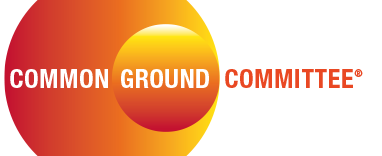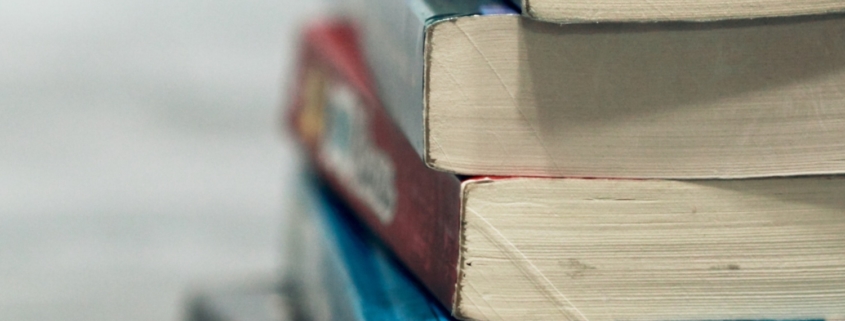The Middle Shelf: Part 9- A CGC Guide to Finding Common Ground through Reading
It’s Thursday again CGC MiddleShelfers and we hope everyone had a great 4th of July!
How will you be celebrating the Fourth of July if at all? Will you attend a town or city-wide parade? Watch some fireworks and put out the flag? Or will you simply enjoy a mid-week day off or start a longer vacation? Do you think that of all the holidays that we observe in the U.S. this should be the one that unites us all under one common ground view? As we reflect on what the Fourth of July means to our nation, it might be worthwhile to look back at how previous generations celebrated the holiday and this week’s book recommendation does just that.
If the above quote sounds like something you might have heard or read this week on the news, it is in fact taken from a book dated from the late 1800’s early 1900’s that included a compilation of articles on how our nation should be spending Independence Day. Available as a free download from the Russell Sage Foundation, in Independence Day Celebrations, Five Articles by Luther H. Gulick, William Orr, Inez Gardner, and Lee Hanmer, the authors detail the why and how of celebrating our nation’s July Fourth festivities. However, the book is more than a blueprint for how to hold a parade or set off fireworks. Rather it is more a series of commentaries on why we should celebrate and how to do so as a community.
While the book certainly includes some descriptions and terms that today might not be considered politically correct, the theme throughout the book is centered on the fact that towns and cities alike were best served when all of the residents participated in the celebrations by bringing their unique and individual heritages to the forefront. For example in detailing the celebration held in Springfield, Massachusetts, the article explains:
“Surely no citizen of Springfield, young or old, could see such a historic pageant of races and nationalities without gaining some appreciation of the nature of the modem contribution to our national life, or could escape having his outlook broadened by some glimpse of the America of the future that is to come out of this mingling of races and race-ideals, or could fail to see the great possibilities for improvement in the amalgamation of many of these people bringing traditions of such beauty and nobility.”
While the book is somewhat dated and anachronistic in places such as its discussion of the perils and frivolity of fireworks, often making the use of pyrotechnics sound like something out of the Music Man’s mantra of “we’ve got Trouble with a capital T that rhymes with P that stands for pool!”, the book offers a look back on the times when people were migrating to cities and small communities were seeking to maintain their unique traditions while also absorbing a less homogeneous population. The book is a short read but worth checking out to see that over 100 years ago communities were trying to come to grips with who we are and a proper means to celebrate who we could become.





